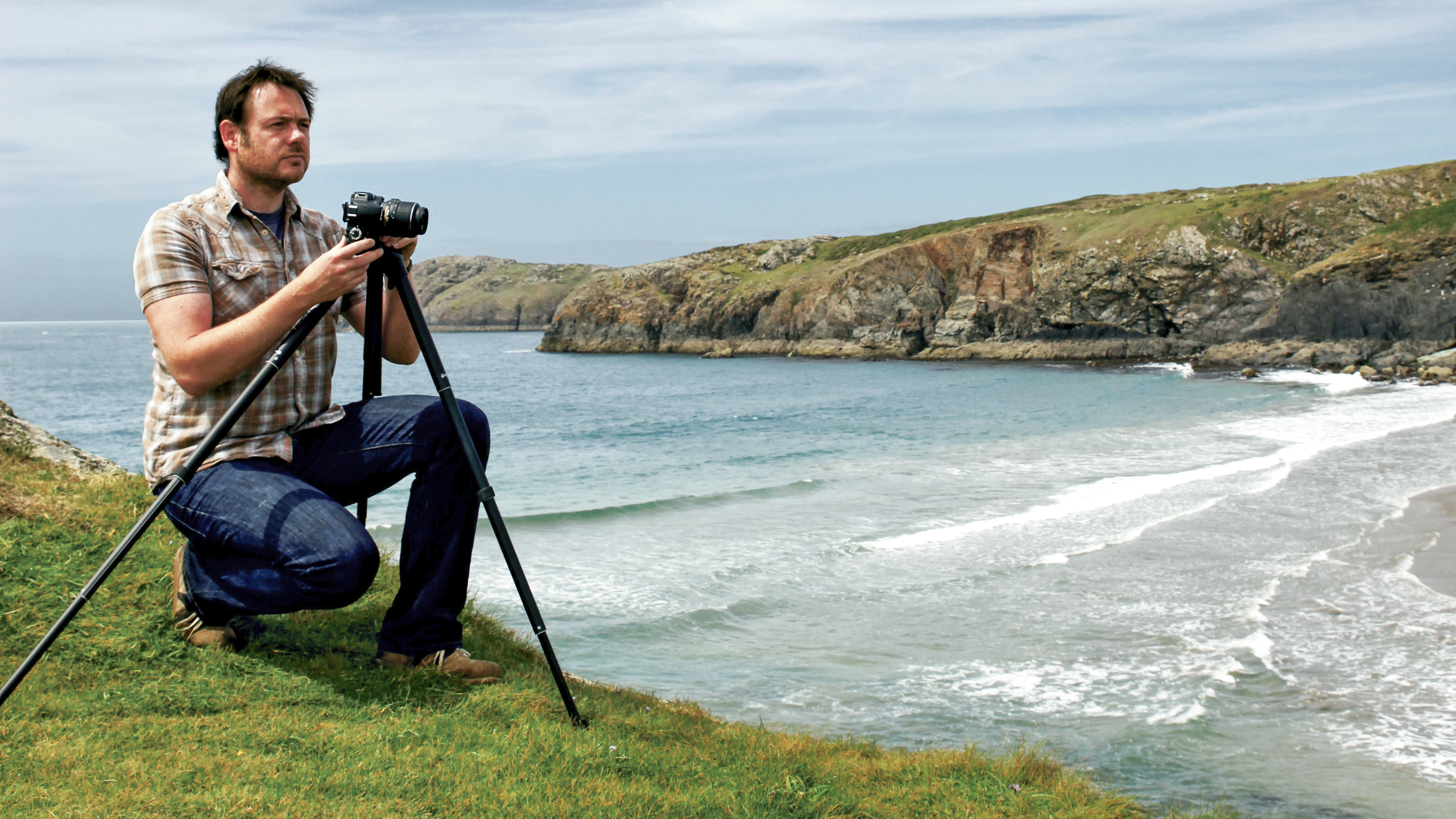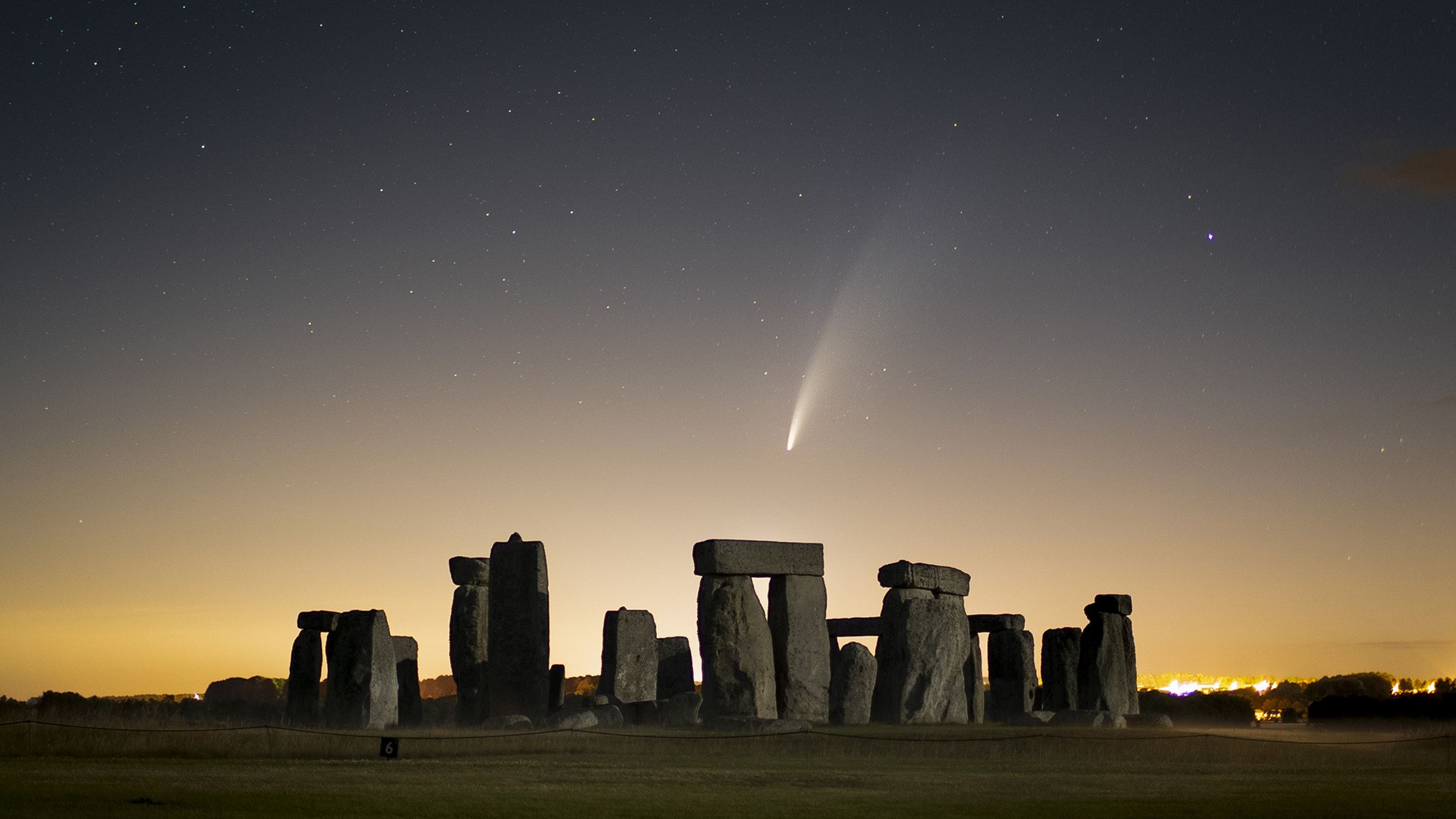Want the best lens for seascape photography? Here's a hint…
Looking for the best lens for seascape photography? This is the one thing you need to look out for…

If you're looking for the best lens for seascape photography, you're not alone. With the great weather starting to hit those of us in the northern hemisphere, it's the time of year that many photographers start heading to the coast to shoot stunning shoreline shots.
However, picking the best lens for seascape photography isn't as straightforward as having the appropriate focal length, the crystal clear degree of sharpness or the pitch-perfect control over distortion and aberration.
• Looking for the best waterproof cameras?
In fact, the single most important factor in deciding the best lens for seascape photography has nothing to with any of these things. Rather, it's to do with something that's all too often forgotten by photographers: lens coatings.
This is the bit of the spec sheet that most of us gloss over when reading. Yet, when it comes to choosing the right optic for shooting outdoors, it's the most crucial. Quite simply, if you're planning to take a lens to the seaside, what you need to make sure of is that it has a fluorine coating.
What does a fluorine coating do? We'll let Nikon explain:
"Fluorine coating actively repels water, dust, and dirt without compromising image quality. The coating is applied to the meniscus protective glass on the front element of the lens. [It] effectively repels dust, water droplets, grease or dirt while enduring a higher frequency of lens surface wiping for longer-lasting duration."
Get the Digital Camera World Newsletter
The best camera deals, reviews, product advice, and unmissable photography news, direct to your inbox!
It seems obviously that repelling water and dust is helpful. After all, splash and sand is to be expected when shooting at the seaside. However, more important than the immediate ability to repel these particles – and to withstand increased abrasion from lens cloths while removing them – is the protection from their cumulative effects.
As anyone who has lived near the sea will tell you, there is salt in the atmosphere. Salt water doesn't just accost your lens while you're shooting at the coastline; it builds up and subtly cakes the front element of your lens, as long as it is exposed to the elements. Having a fluorine coating stops that layer of salt buildup that will scratch, damage and degrade the image quality of your lens.
Beyond that, you obviously want to make sure that your lens – and your camera – is weather sealed. That sand, salt and splash isn't going to play nice with your kit, so using weather-sealed gear is crucial. Of course, you can always outfit your existing lenses with the best protection filters, as well as the best rain covers to protect your setup.
As for focal length, there is no magic answer. Some people like the ultra-wide perspective of a traditional landscape lens, others want the telephoto ability to isolate a slice of a vista.
Just trust us on the fluorine. It will save you a hard, and expensive, lesson learned.
Read more:
Best lenses for landscapes
Best camera for landscapes
Best wide angle lenses

James has 22 years experience as a journalist, serving as editor of Digital Camera World for 6 of them. He started working in the photography industry in 2014, product testing and shooting ad campaigns for Olympus, as well as clients like Aston Martin Racing, Elinchrom and L'Oréal. An Olympus / OM System, Canon and Hasselblad shooter, he has a wealth of knowledge on cameras of all makes – and he loves instant cameras, too.
